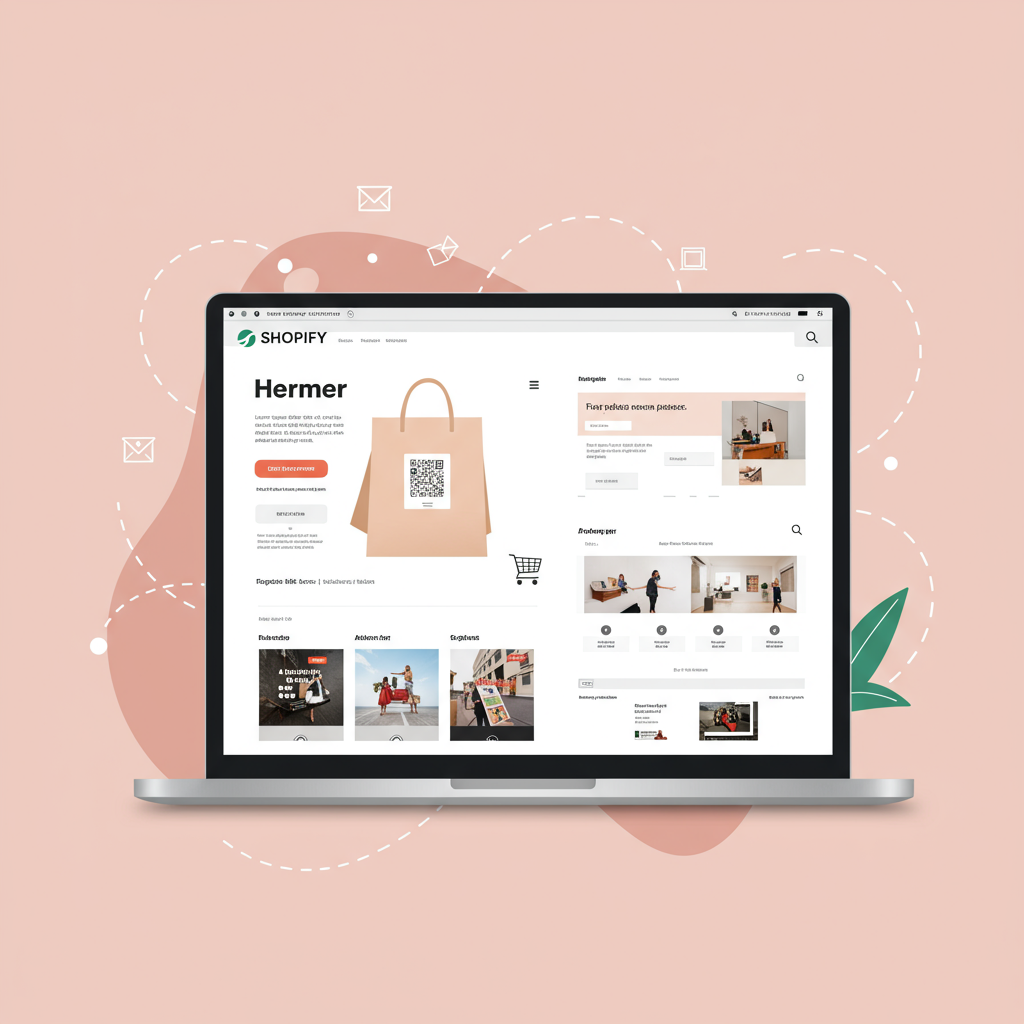I’m here to share my top strategies for designing a high-converting Shopify homepage that resonates with your customers in the coming year.
As a fellow merchant, I understand the immense pressure to stand out in the ever-evolving e-commerce landscape. Your Shopify homepage isn’t just a digital storefront; it’s your brand’s first impression, your primary conversion engine, and the gateway to your entire product catalog.
In 2026, this first impression will be more critical than ever. With attention spans shrinking and competition intensifying, a well-designed, high-performing homepage is no longer a luxury – it’s an absolute necessity for sustainable growth.
I’m here to share my insights and actionable tips on how you can optimize your Shopify homepage to not only look fantastic but also drive significant sales and build lasting customer relationships in the coming year.
One of the biggest shifts I foresee for 2026 is the pervasive integration of AI-driven personalization. Customers will expect a tailored experience from the moment they land on your site.
This means leveraging Shopify apps that can dynamically display product recommendations, personalized banners, or even unique promotions based on a user’s browsing history, location, or past purchases.
Mobile-first design isn’t new, but its importance will only amplify. A clunky, slow mobile experience is a death knell for conversions. I prioritize lightning-fast load times and seamless navigation on every device.
To achieve this, I recommend optimizing all your images, using lazy loading for off-screen content, and regularly checking your site speed using tools like Google PageSpeed Insights. Every millisecond counts.
Let’s dive into specific elements, starting with the hero section – the very first thing visitors see. This area must immediately communicate your unique value proposition and capture attention.
I always ensure my hero image or video is high-quality and relevant, accompanied by a concise, compelling headline and a clear, prominent call-to-action (CTA) button that guides visitors to their next step.
Intuitive navigation is paramount. I design my menus to be clear, logical, and easy to use, often employing mega menus for larger inventories to help customers quickly find what they’re looking for without feeling overwhelmed.
Don’t forget a robust search bar. For many customers, it’s their preferred way to find products. I ensure mine is easily accessible and provides accurate, fast results, perhaps even with predictive text.
Your products are why customers are there. I dedicate prime real estate to showcasing best-sellers, new arrivals, and curated collections. High-quality product photography is non-negotiable here.
Beyond static images, I’m increasingly incorporating short, engaging product videos directly on the homepage. They offer a dynamic way to demonstrate features and evoke emotion, which is crucial for 2026.
In an age of skepticism, social proof is gold. I prominently display customer reviews, testimonials, and trust badges (e.g., secure payment, money-back guarantee) to build credibility and alleviate purchase anxiety.
Consider integrating user-generated content (UGC) like customer photos or videos. I find this incredibly effective as it provides authentic proof and helps potential buyers visualize themselves using your products.
Don’t just sell products; sell your story. I dedicate a section to my brand’s mission, values, or the ‘why’ behind my business. This helps forge an emotional connection with customers, fostering loyalty.
Every section of your homepage should have a purpose, and often that purpose is to guide the user to a specific action. I ensure my CTAs are clear, action-oriented, and visually distinct.
The footer, while often overlooked, is vital. I include essential links like contact information, FAQs, shipping policies, privacy policy, and social media links. It’s about providing comprehensive support.
As we move into 2026, accessibility is no longer optional. I design my homepage with WCAG (Web Content Accessibility Guidelines) in mind, ensuring it’s usable by everyone, including those with disabilities.
My design process is never truly ‘finished.’ I constantly A/B test different elements – headlines, images, CTA colors – to see what resonates best with my audience. Data is my best friend.
Shopify’s theme editor and sections make it incredibly easy to experiment. I utilize these features to drag, drop, and rearrange content, allowing for rapid iteration without needing to touch code.
I also explore the vast Shopify App Store for tools that can enhance my homepage, whether it’s for advanced personalization, pop-ups, or sophisticated analytics. There’s an app for almost everything.
Remember, your homepage is a living entity. I regularly review my analytics, gather customer feedback, and stay updated on design trends to ensure my homepage remains a powerful conversion tool.
While these tips are universal, I encourage you to infuse your unique brand personality into every element. Your homepage should reflect who you are and what makes your business special.
I’ve shared my strategies for a high-converting Shopify homepage in 2026. Now, I’m curious: What are your thoughts on these tips, and what challenges are you facing with your own homepage design?
By focusing on user experience, personalization, speed, and compelling visuals, you’ll be well-equipped to turn visitors into loyal customers and achieve remarkable success in the years to come.






